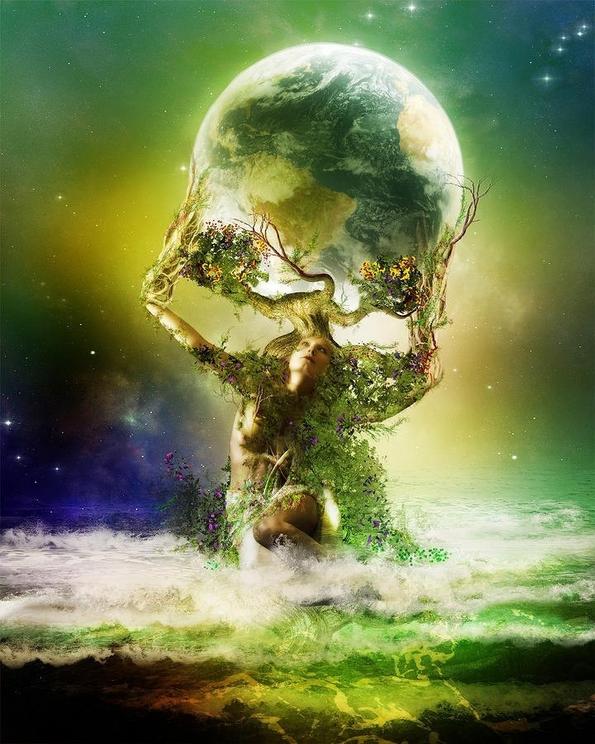Pagans in a modern world: what is Neopaganism?
Modern Paganism (known also as Neopaganism or Contemporary Paganism) is a movement / group of religions / spiritual traditions centered on the reverence of nature.
Modern Paganism borrows and adapts practices from ancient pagan beliefs, along with contemporary religious thought. It may be said that modern Paganism utilizes ancient wisdom to address the needs and concern of the present.
Paganism as an Ancestral Religion and Personal Experience
The word ‘pagan’ is derived from Latin, and may be translated to mean ‘country dweller’. This term was first used during the Early Christian period to describe those who had yet to embrace Christianity. It was used as a derogatory term to separate believers (in the Christian God) from unbelievers. One modern view of Paganism is that it is the “ancestral religion of the whole of humanity”, and whilst it is an ancient religion, it remains active in the modern world.
There are various groups that come under the banner of Modern Paganism, including Druidism, Shamanism and Wicca. Nevertheless, adherents of these different groups may be said to share certain similarities. For example, generally speaking, Modern Paganism can be described as a movement that is not dogmatic or based on rigid doctrines. Instead, the faith of its followers is rooted in their personal experience.
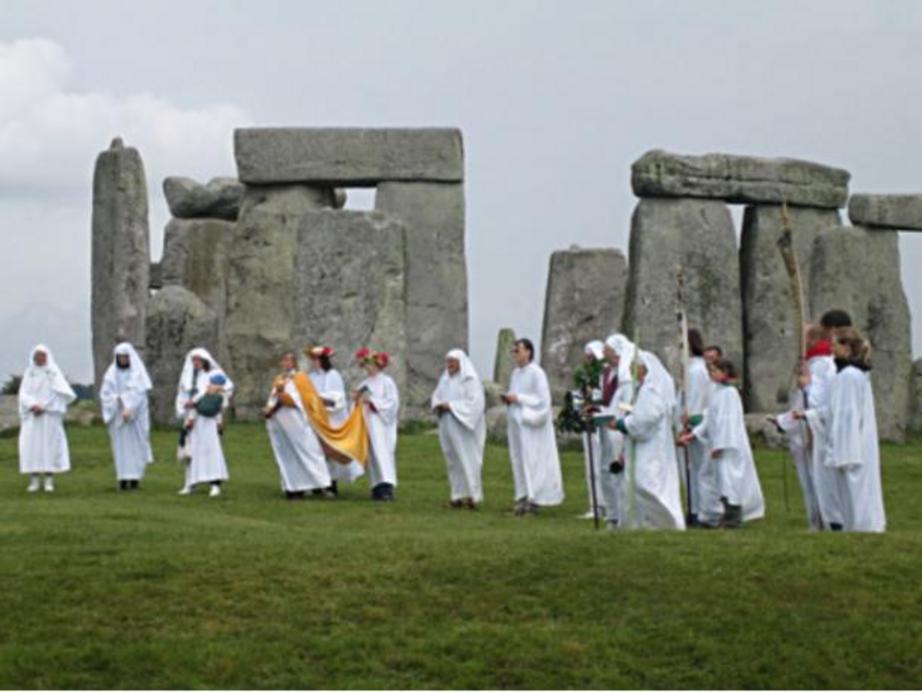
Druids celebrating rituals at Stonehenge. (CC BY SA 2.0) Druidism is one of the groups included in modern Paganism.
The Importance of Nature for Pagan Beliefs
Another common feature shared by the different groups of Modern Paganism is the heavy emphasis placed on nature and the natural environment. An awareness of the natural world and a recognition of the divine in nature are two important characteristics of a follower of Modern Paganism. Due to the respect and reverence they have for nature, Modern Pagans tend to be eco-friendly, adopting a way of life that would minimalize the damage that they may have on the environment.
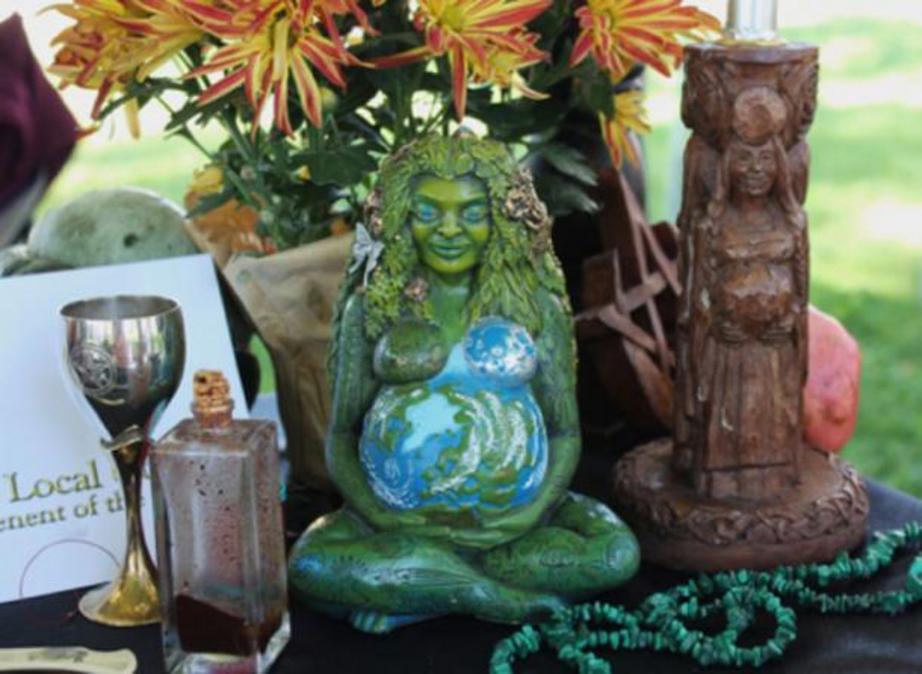
A Modern Pagan altar. (Public Domain)
Modern Pagan Views on Gods, Goddesses, and Magic
As Modern Pagans acknowledge the divine in nature, they also accept that as there is diversity in nature as well. This, in turn, leads Modern Pagans to recognize that there is diversity in the divine realm as well. In some Modern Pagan groups, the gods and goddesses are believed to exist in a community, very much like the human community of this mortal realm. In addition, it is the annual cycle of life, death, and rebirth of some of these deities that defines the Pagan year.
For other groups, all the gods and goddesses are regarded as one Great God and one Great Goddess respectively. It has also been pointed out that Modern Paganism places a strong emphasis on equality of the sexes, and that women play a prominent role in this movement. This can be seen, for example, in the fact that goddess worship is present in most Pagan ceremonies.
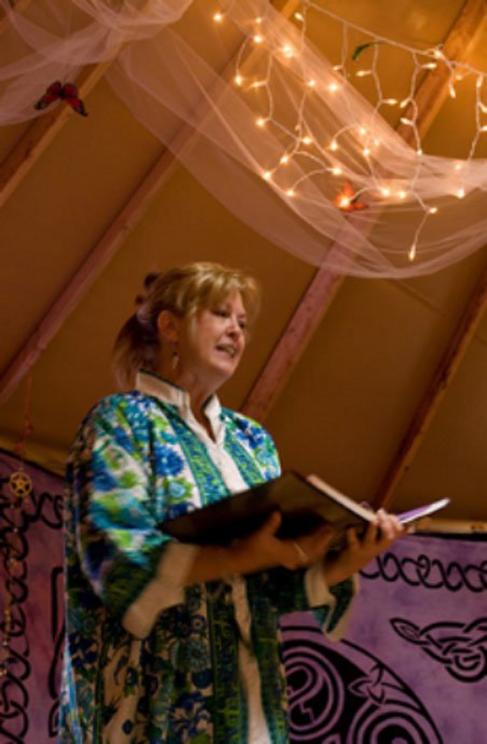
Wiccan priestess preaching in temple. (CC BY 2.0) Modern Paganism places a strong emphasis on equality of the sexes.
Modern Pagans have often been accused of being Devil worshippers, and have been equated with Satanists. However, whilst Modern Pagans do worship a variety of deities, the concept of an all-evil being like the Devil in the Abrahamic faiths does not exist in this movement.
Another feature of Modern Paganism is their belief in magic and the supernatural. In some Modern Pagan groups, magic is used to achieve desired results through supernatural means. This is possible as the human and supernatural realms are believed to be in constant interaction. Therefore, magic may be employed by a Modern Pagan to manipulate the physical or spiritual world. Due to this practice, Modern Paganism has often been cast in a negative light, as there is a misconception that its followers use black magic to cause harm to others.
However, Modern Paganism holds fast to the ethic of ‘Do what thou wilt, but harm none’, thus, the use of magic for harming others is forbidden. Instead, magic is normally used by followers of Modern Paganism to bring health and fortune into their lives as well as into the lives of others. Some Modern Pagan magical practices include chanting, going into a trance, and the crafting of magical objects.
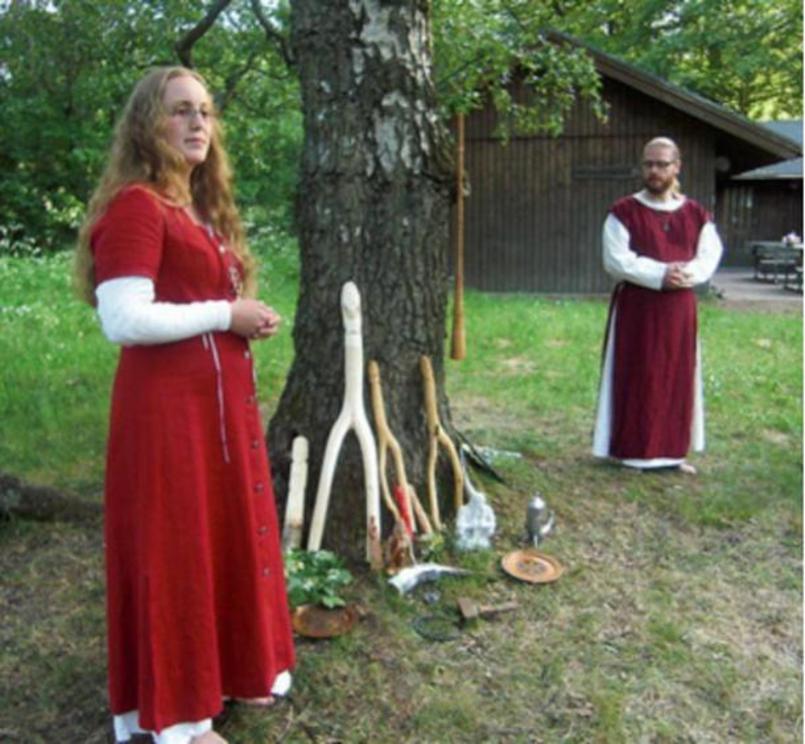
In Sweden, a Pagan priestess and a priest perform a ceremony during an annual meeting. Under the tree are images of Norse gods Thor, Frigg, Freyr, Freya and Forseit with a ceremonial hammer, a drinking horn and an oath ring. Hanging on the birch tree, which is sacred to the goddess Frigg, hangs a birch trumpet. (Public Domain)
Top image: Representation of a young Pagan woman. Source: Public Domain

